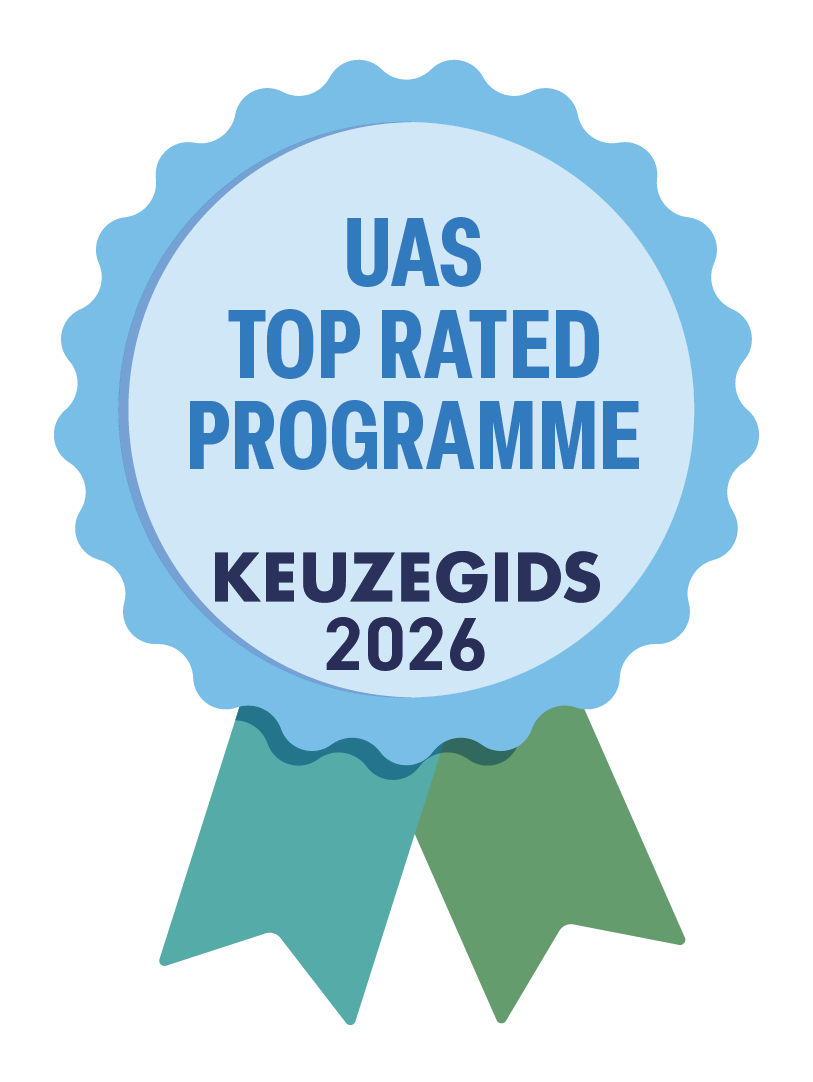Our study programme teaches you much more than just sound design, the use of sound systems and music production. You will also gain an understanding of the underlying technologies and the principles beyond how people experience and react to sounds. This teaches you to think critically about the interaction between sound or music and the people who experience it. And consequently, you will be able to create the sound design that offers the most fitting experience for every situation.
You learn all this by trying out and experimenting in projects. And while you are actively creating, you also get to learn the theory. We constantly challenge you to broaden your perspective. Not only do we teach you to work with systems such as FMOD, Wwise and AI, but also to analyse your own designs from broader principles. Examples are: ‘How can you create an interesting video game without visuals?’ We also let you work with various musical genres and cultures, allowing you to make more informed choices.
Naturally, you don’t have to understand all the technology inside-out at the start of your studies. More important is that you are willing to try out new things and dare to challenge your own conceptions about sound design and interaction. Whether you end up as a music designer for a games studio, or will design sound at a tech company, doesn't really matter to us. What we do care about, is that you develop a broad enough perspective to make your own well-thought decisions and are able to build a lasting and diverse career.
This programme is in Dutch only!
Please only apply if you are able to read and write Dutch. To see all details, please see the Dutch language version of this page.

Go to Dutch page